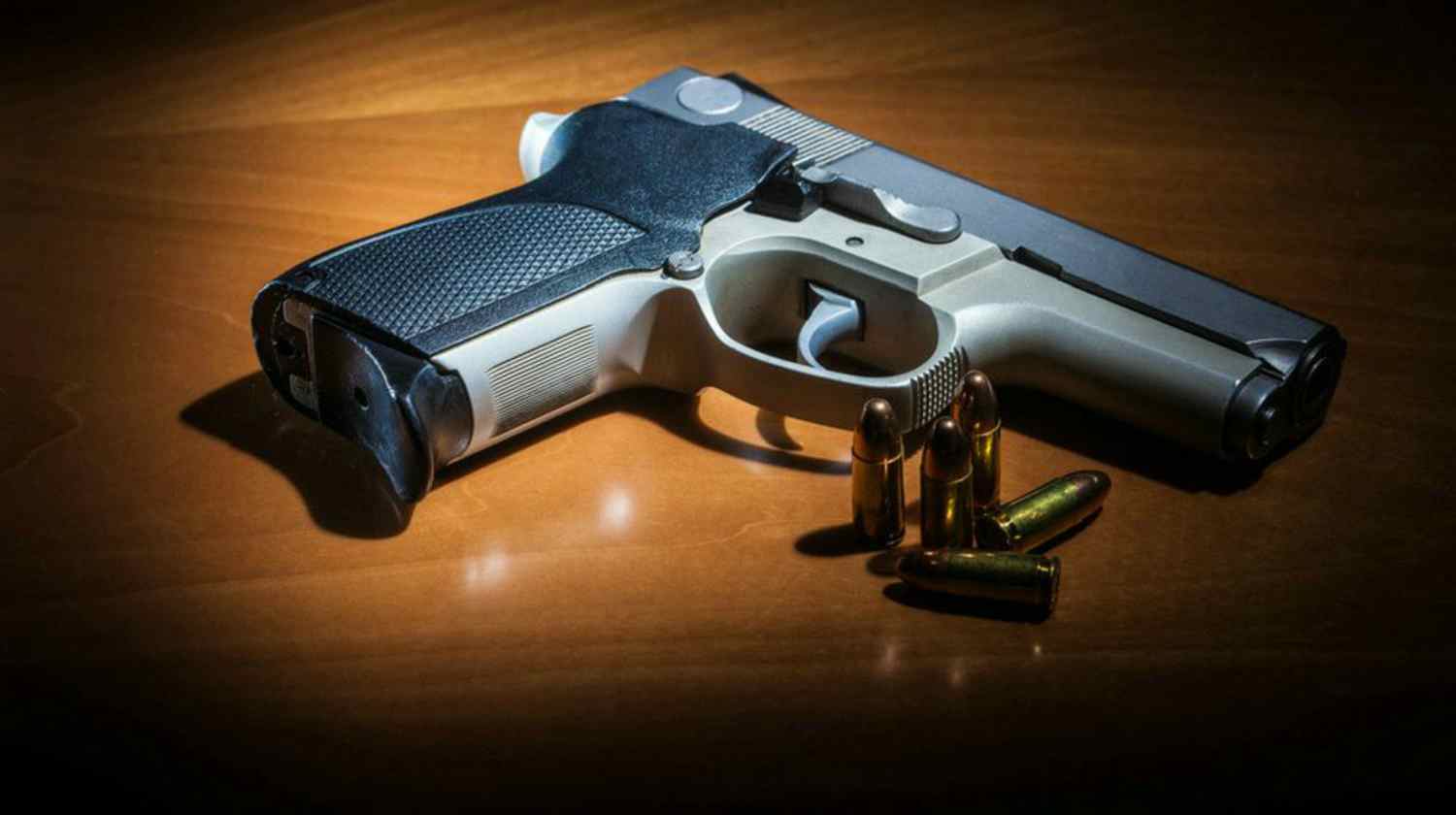Accessories & Gear
How To Avoid Getting Disqualified From A Gun Competition
Published
1 year agoon

The Dreaded Disqualification
Nobody wants to hear the shout “STOP!” on the range. It’s one of the universal ways to signal a (hopefully only potential) safety issue. Once you hear it, you should freeze, remove your finger from the trigger if necessary, and wait for further instructions.
The same command can be heard on the competition shooting range, with further instructions that could include informing a competitor that they have been disqualified from the match. That normally means that not only will their scores not be counted in the final results, but they’ll be asked to not shoot the rest of the match.
The vast majority of disqualifications result from violations of sport-specific safety rules, most of which are based on general principles of gun safety. The two most common disqualifications in action shooting are for unsafe muzzle direction and finger in trigger when not actively engaging a target.
Due to the nature of running with guns, “unsafe direction” can be very strictly defined. It’s not just about whether the gun has been pointed over a backstop or at a person or other obvious non-target, but also about pointing the gun where it may possibly do so. Most action shooting sports will define a safe direction as being “within the 180”, which is an imaginary plane that is parallel to the downrange berm and moves along with the shooter but never rotates. You can visualize the 180-degree plane by facing your range’s backstop and spreading your arms out to each side.
If you were to allow the muzzle of your gun to point up-range of that plane, that would be a violation of the “180 rule” and a basis for disqualification. While targets that may be placed near the edge of that plane and competitors may be moving fast, breaking the 180 is avoidable with care and attention. However, confusion happens and sometimes competitors push just a little too much.

Shooting a target just in front of the 180 plane
In addition to or instead of the 180 rule, some sports will use a concept called a muzzle safe point. These will normally be marked with brightly colored cones or flags that define the outer limits of what is considered down range and a safe direction.

The red arrows point to muzzle safe points on this stage
Another common cause for disqualification is the “finger” call, which may be made when a competitor is moving between shooting positions, reloading, or clearing a malfunction without removing their trigger finger from within the trigger guard. The best practice is for the shooter to index their trigger finger high along the frame of the firearm during any movement or gun manipulation for two reasons: to prevent a negligent discharge as they are focused on something other than actually shooting, and to visually show others that their finger is not in the trigger guard.

When moving, the finger is clearly visible outside the trigger guard.
Finally, many action shooting sports may disqualify a competitor if he or she is discovered to have a loaded firearm when they aren’t supposed to have one. Even a magazine inserted into a gun with an empty chamber, or touching ammunition while at a “safe table” or in a “safety area” can count as a loaded firearm under these rules. While we certainly trust each other on a stage with loaded guns and always treat guns as loaded in any case, keeping guns “cold” and unloaded at other times decreases the possibility of a terrible mistake.

In 3 Gun, with matches that may be spread over acres of range, visibly unloaded guns are an important safety measure when traveling between stages.
Don’t let the thought of a “DQ” worry you, though – they’re a reflection of a heavy emphasis on safety, not of a fundamentally unsafe atmosphere. A disqualification-worthy safety violation might not look like a big deal in certain environments, but the rules are intended to create a large buffer against the possibility of a round ending up somewhere unintended or causing injury.
There are two types of competitive shooters in the action sports: those who have been disqualified from a match and those who will be disqualified. While nobody wants to be asked to stop shooting a match because of a safety violation, any competitor who has been in the game long enough probably has been after a moment’s inattention or a particularly distressing mental or equipment malfunction.
What matters more than if you have been disqualified is how you react to it. Being calm and respectful to the range or safety officer who disqualified you, as well as to your fellow competitors, is highly appreciated. Sticking around and continuing to help with the match is also an excellent idea. And of course, a ceremonial trip to Dairy Queen for a DQ treat isn’t uncalled for.
Have you ever been disqualified during a match? Let us know in the comments below. Also, let us know if there are any topics you'd like to see in the future.

Staccato P Review | Staccato P 1000 Round – The Most Accurate Duty Pistol

Sawed Off Shotgun | Everything You Need To Know

CZ 75 SP01 Tactical Gun Review | Gun Carrier

PODCAST: Gun Law Changes All Across America Right Now

PODCAST: How to Win Olympic Gold

PODCAST: 50 Important Ideas For Self-Defense, Self-Reliance, and Personal Safety












